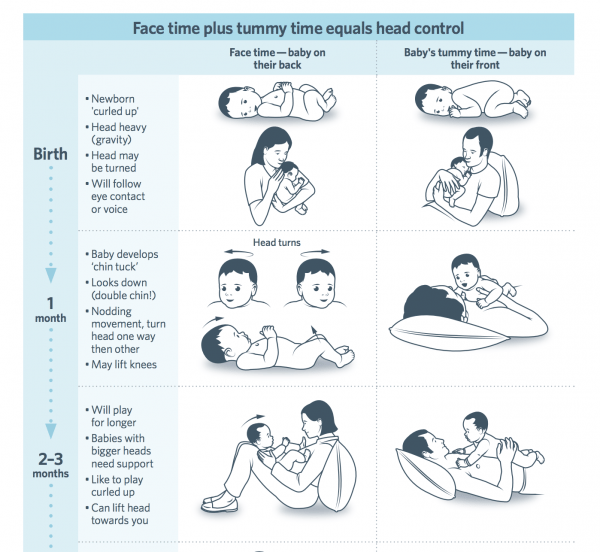
Most new mums know that they need to try to stop their newborn baby from developing a ‘flat head’ – an indentation in an infant’s soft skull which is often caused by the baby sleeping on its back.
But a flat head is not just an issue of aesthetics. New research from a study by the University of Melbourne has confirmed that babies who acquire a flat spot on their skull tend to have less developed head control.
Physiotherapist and PhD candidate Liz Williams worked with the Melbourne’s Royal Children’s Hospital’s Plagiocephaly clinic, which treats about 1330 babies for ‘flat headedness’ a year, to determine how and why certain babies develop the condition.
Plagiocephaly is caused by prolonged pressure on the baby’s growing skull, thereby flattening the back of the head. In severe cases, the condition causes distorted facial features and a bulging forehead. Babies then must wear head shape-correcting helmets to address the problem.
The research found that babies at the Plagiocephaly clinic are an average of seven-months-old, yet over half (54 per cent) did not meet pull-to-sit development guidelines for head control.
As a result of the research findings, Williams created a fact sheet for new parents to help them avoid what she says is an avoidable condition. The physiotherapist explains that the current advice to give babies plenty of “tummy time”, and alternate on which side their head rests, is insufficient to avoid the condition.



Top Comments
The big one- stop using contraptions to hold your baby! Just put them on a clean mat on the floor! Bouncers, rockers, jumpers etc are all crap and delay their development. The longer time spent exploring the floor building baby abs the quicker they move, roll, crawl sit-up. I don’t why people use that crap?! Do you want to be keeping your baby in the newborn stage for forever?